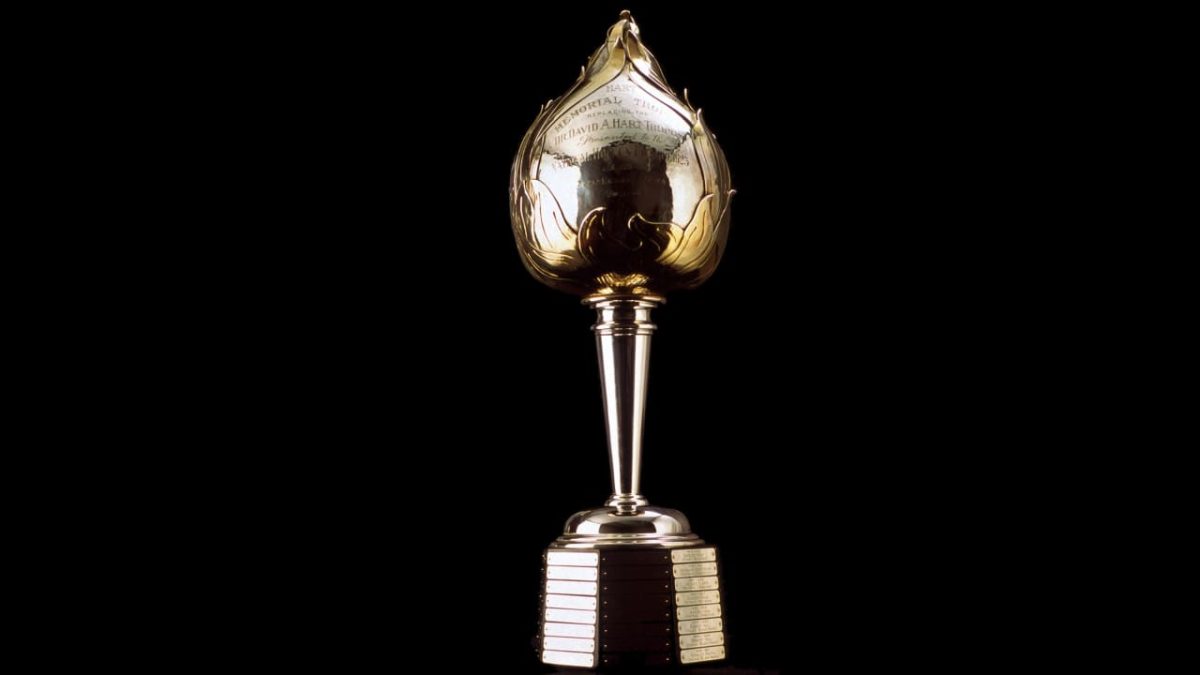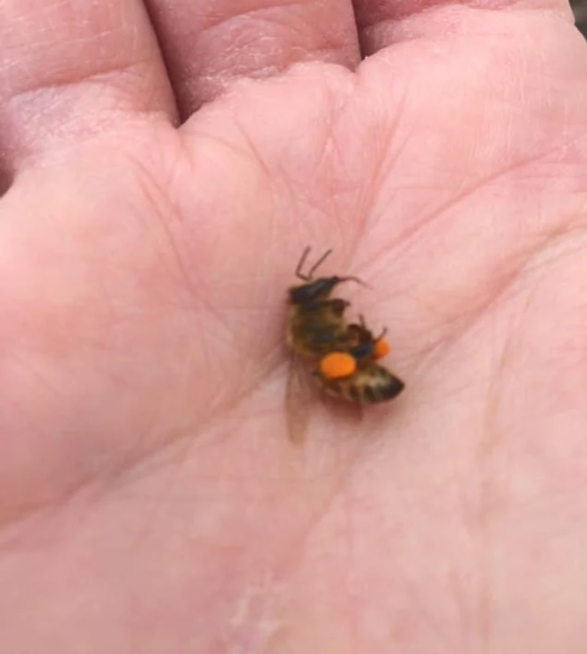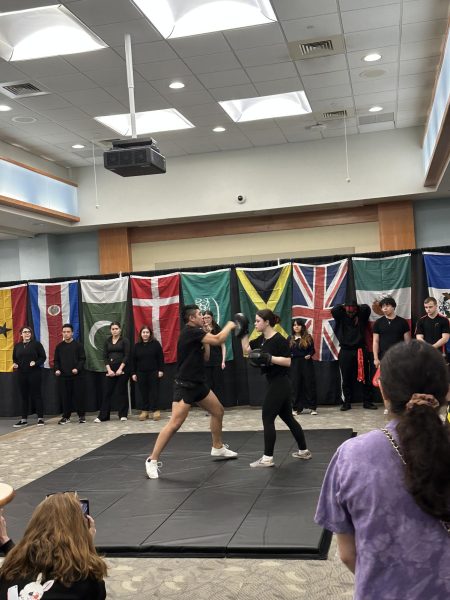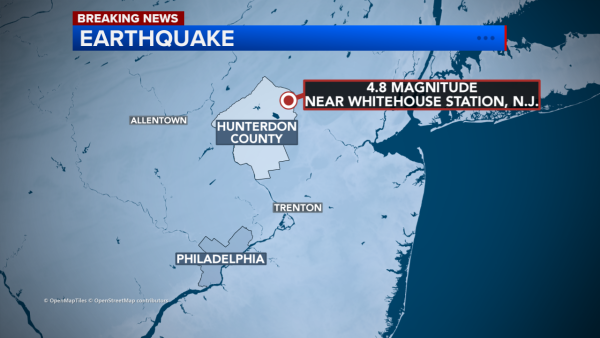Save The Bees!
May 2, 2022
“We lost about 40 percent of our honeybee colonies last year,” said Sammy Ramsey, a honeybee researcher at the United States Department of Agriculture.
Every year, homeowners spray their yards with herbicides and pesticides to keep weeds and pests at bay. Unfortunately, pesticides and herbicides are toxic to bees, insects, birds and other animals.

The dandelion is the most familiar of the frequently sprayed plants in the U.S. One of the first plants to emerge in early spring, bees rely on dandelions as a source of nectar when most flowers are not yet in bloom. Unfortunately, when bees visit sprayed dandelions and gather the nectar, they also consume the pesticides, which can be deadly.
The use of chemicals on lawns is a big industry. In fact, U.S. homeowners use up to 10 times more of these chemicals per acre to treat their lawns than farmers use on their crops, according to the U.S. Fish and Wildlife Service. Roundup is a commonly used pesticide. Glyphosate is the most widely sprayed herbicide in the world. Both kill millions of bees every year around the globe.
Lawn care products are heavily advertised and promoted as the solution to achieve a perfectly manicured lawn, free of dandelions and other weeds. Lawn “treatments,” i.e. pesticides and herbicides, kill dandelions and other vital wildflowers, all important food sources for bees, especially in early spring.
Dandelions were not always seen as destructive. They are a highly nutritious vegetable and herb, and for thousands of years dandelions were regarded as a staple, cultivated to be used as food, herbal remedies, and medicines. All parts of the plant can be eaten.
The chemical lawn industry began demonizing dandelions and other wildflowers in the 1950’s, convincing homeowners of the need for a dandelion-free, ultra-green lawn. The advertising campaign worked, and the environmental impact of these chemicals on pets, children, wildlife and the water supply has been disastrous.
According to the University of Georgia Honeybee Program, there are several ways honeybees are killed by insecticides:
“One is direct contact of the insecticide on the bee while it is foraging in the field. The bee immediately dies and does not return to the hive. In this case the queen, brood, and nurse bees are not contaminated, and the colony survives.
The second, more deadly way, is when the bee comes in contact with an insecticide and transports it back to the colony, either as contaminated pollen or nectar or on its body. Honeybees killed by this type of pesticide contamination causes large numbers of dead bees in front of the hives, and the colony does not survive.”
Bees are vital to society’s very existence. Most plant species – almost 90 percent, rely on pollinators to reproduce. A single bee can pollinate up to 5,000 flowers a day.
“In the United States, honeybees are responsible for about $20 billion in food production and are necessary for pollinating many important crops,” according to the American Beekeeping Federation.
Currently, the chemical lawn industry’s front group, “Project Evergreen,” is attempting to change its image by “Greenwashing,” an advertising effort to create a positive public image to environmentally unsound practices. Curiously, this new “green” industry does not mention the word “pesticide” in its advertising campaign.
The best way to help bees is to eliminate or limit the use of weed-killing herbicides on lawns. According to Project Honeybees, if you must use these chemicals, consider doing so in the evening, because bees typically eat only during daylight hours. For more information: https://projecthoneybees.com/pages/partners



































